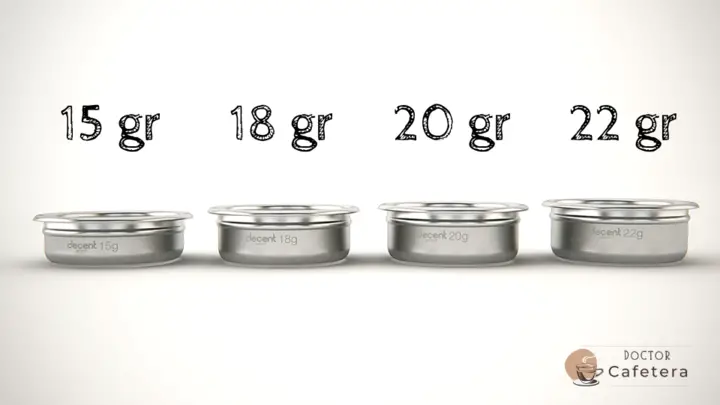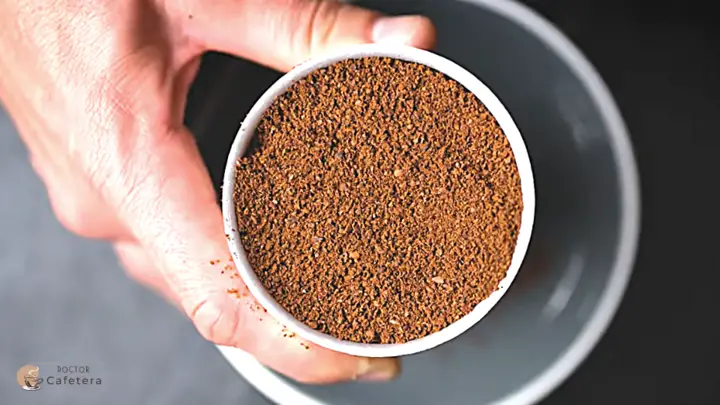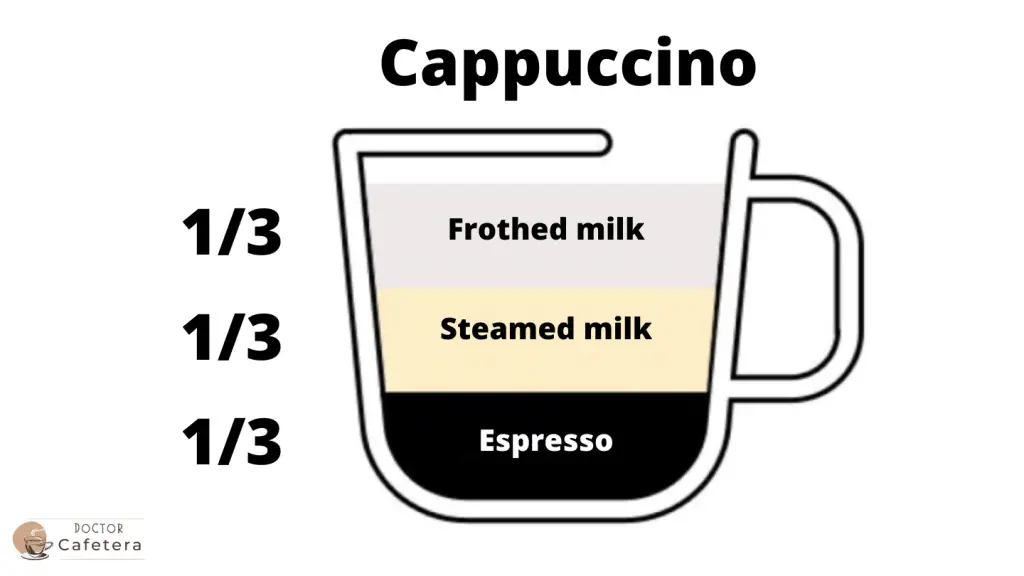How many times have you had a coffee that tasted watery, without body or flavor? I am not referring to over-extracted, purely bitter coffees but to those that taste more like water with a coffee flavor than anything else.
Many times this happens at home when we prepare it ourselves, but other times it can happen in a coffee shop, where they are supposed to be “coffee experts”. Clearly, a watery coffee has not been prepared correctly, but the question is, at what point in the preparation process is the mistake made for a coffee to taste watery?
A coffee tastes watery mainly because the relation between water and coffee at the extraction time is incorrect; adding more water than necessary. But it can also be that it has been extracted correctly, and the amount of water (or milk) we add at the end is too much.
The ratio between coffee and water in the coffee maker
The first ratio (or proportion) to consider in a coffee is the relation between the ground coffee and the water at the preparation time. That is to say, how many grams of coffee we place in our coffee pot and how many grams of beverage we obtain. However, this will vary depending on the extraction method.
Although the proportions can vary slightly depending on individual tastes, the type of coffee used, and even the particular coffee maker you have, I will leave here the most common ratios for each extraction method.
The ratio between espresso coffee and water
When preparing an espresso, the most popular standard ratio is 2:1. However, I like to start calibrating from 2.5:1, and from there, I adjust the grind finer until I get closer to that perfect espresso. In this way, I usually stay between 2:1 and 2.5:1.
As you already know, the grams of coffee that we put in the basket depends on the dimensions of the basket; normally, we find the filter holder baskets in 15 grams, 18 grams, 20 grams, and 22 grams. If you have a 20 grams basket, you should place 20 grams of coffee in it and never less: if you place less than 20 grams, this can be why your coffee comes out watery.
When extracting the espresso, you should never exceed a ratio of 2.5; if you use 20 grams of coffee, you should not obtain a drink of more than 50ml. On the other hand, I have already said in other articles that time should be a control variable, and in the case of espresso, use 28 to 30 seconds of extraction.
The ratio between coffee and water for Moka pots
If a proportion or ratio is easy to adjust, it is that of the Moka pot. We have already mentioned in other articles that the filter of the Moka pot should be completely filled with coffee. Then, the water tank should be filled up to the height of the valve.
One of the reasons why the coffee from a Moka pot tastes watery is that the filter has not been filled with coffee. Even when you put less water in the reservoir, the extraction is poorly produced, resulting in watery, bitter, or acidic coffees.
Note: If the grind is too coarse, the water could pass through the coffee without extracting it, and we would obtain a very acidic and watery beverage.
The ratio between coffee and water for the French press
The French press is much more flexible than the Moka pot since you can use a 1-liter French press and prepare only 200ml of coffee. Of course, you must follow a correct ratio; my favorite ratio is 30 grams of coffee per 500 grams of water.
Note: The time I use in my recipe is 4 + 5 minutes; at minute 4, I remove the coffee crust that forms on the top. You can see this in the article dedicated to my French press coffee recipe.
I have already proven through experience that if you use more water for the 30 grams of coffee, it will probably taste watery. Although here, if you grind too coarsely for this same ratio, you could also end up with a more watery coffee than normal, as was the case with the Moka pot.
The ratio between coffee and water for Hario V60 and Chemex coffee brewers
Although my recipes for the Hario V60 and Chemex are different, I have put them together in this section because both are drip coffee makers, where we obtain the coffee by filtration.
- In the case of the Hario V60, I use a proportion or ratio of 30 grams of coffee for 500 grams of water, so anything that decreases the amount of coffee or increases the water will produce a watery coffee. The total extraction time is approximately three and a half minutes. See the article on this recipe here.
- In the case of the Chemex, I use 38 grams of coffee for every 600 grams of water, so anything less coffee or more water will result in watery coffee. The total extraction time is between 4 to 5 minutes. This is my step-by-step recipe so that you can orient yourself better.
The ratio between coffee and water in the cup
The other possibility that can occur when coffee tastes watery is when the proportion between coffee and water (or milk) in the cup is not correct.
We have already seen in other articles, such as the one dedicated to Flat White or the one on the caffeine content of cappuccino, that these drinks are prepared using a shot of espresso and certain proportions of milk and milk foam.
For example, if we are going to prepare a cappuccino, we will use 30ml of espresso (1/3 of the full cup), 30ml of steamed milk (1/3 of the total), and 30ml of frothed milk (1/3 of the total). In this image, you can see its composition:
If we add much more milk than coffee, we could end up with a watery cappuccino. In this case, the word would not be watery but much weaker without coffee flavor. The same applies to other beverages with milk.
In the case of Americano or Long Black, although there is no exact recipe for its preparation, I use a 1:1 to 2:1 ratio of espresso and water. Remember that an Americano or Long Black is prepared with an espresso (or double espresso) and hot water.
For example, if you use a 60ml double espresso, never add more than 120ml of hot water, as this coffee will most likely taste watery.
Reasons why coffee can be watery
In reality, there are many reasons why coffee could be watery, but the main cause is the one we have just seen between the proportion between water and coffee. This proportion must be considered both during the extraction process and when mixing with water or milk.
The second most common cause, which we have already mentioned above, is the use of a grind that is too coarse. In any of the methods used to prepare coffee, if the grind is too coarse, the coffee will not extract well, and we will obtain a watery and acidic coffee.
A third cause that can produce watery coffees is a low water temperature during extraction. If you have done everything correctly, but your coffees still feel watery, it could be that the water is not hot enough and the coffee tastes watery.
A final cause could be the incorrect application of the coffee in the coffee maker. Distributing and pressing the coffee well is very important if we are talking about espresso. In contrast, in manual pour-over coffee makers, it is necessary to distribute the coffee in a uniform bed. Although it may seem silly, mistakes like this can lead to watery coffees.


